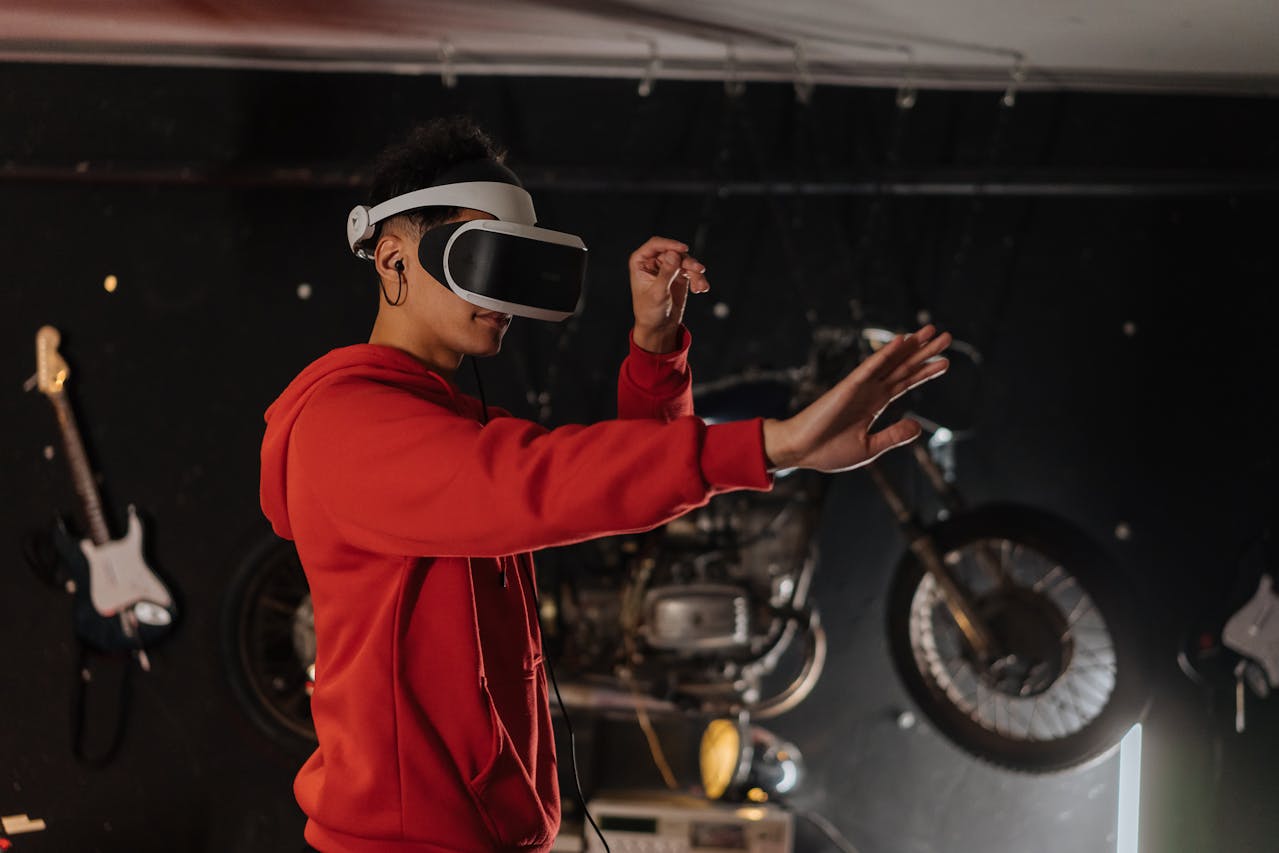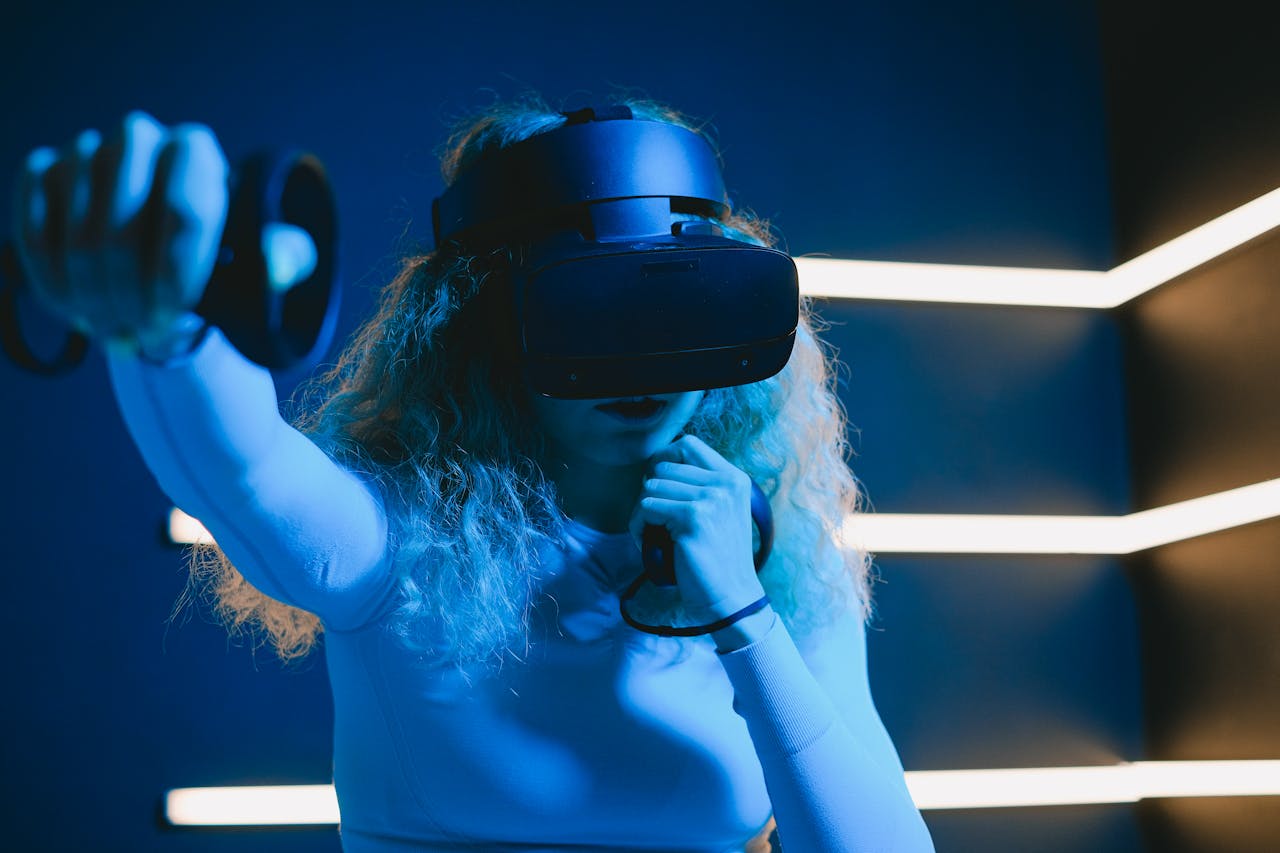Enhancing Augmented Reality with Cutting-Edge Techniques
Augmented reality (AR) is evolving with advancements in spatial computing, real-time object recognition, and AI-driven interactive experiences. Understanding these techniques enhances AR applications across entertainment, education, and productivity.
Improve AR experiences by integrating AI-powered object tracking, enabling precise digital overlays and seamless interaction with physical surroundings.
Leverage cloud-based AR processing to enable real-time rendering, reducing latency in immersive gaming, virtual shopping, and interactive design applications.
Optimize AR-assisted navigation by incorporating real-world mapping, adaptive guidance, and voice-assisted overlays for enhanced travel and exploration.
Stay ahead in AR innovation by adopting gesture-based controls, wearable AR devices, and multi-sensory interactions that refine immersive digital experiences.


